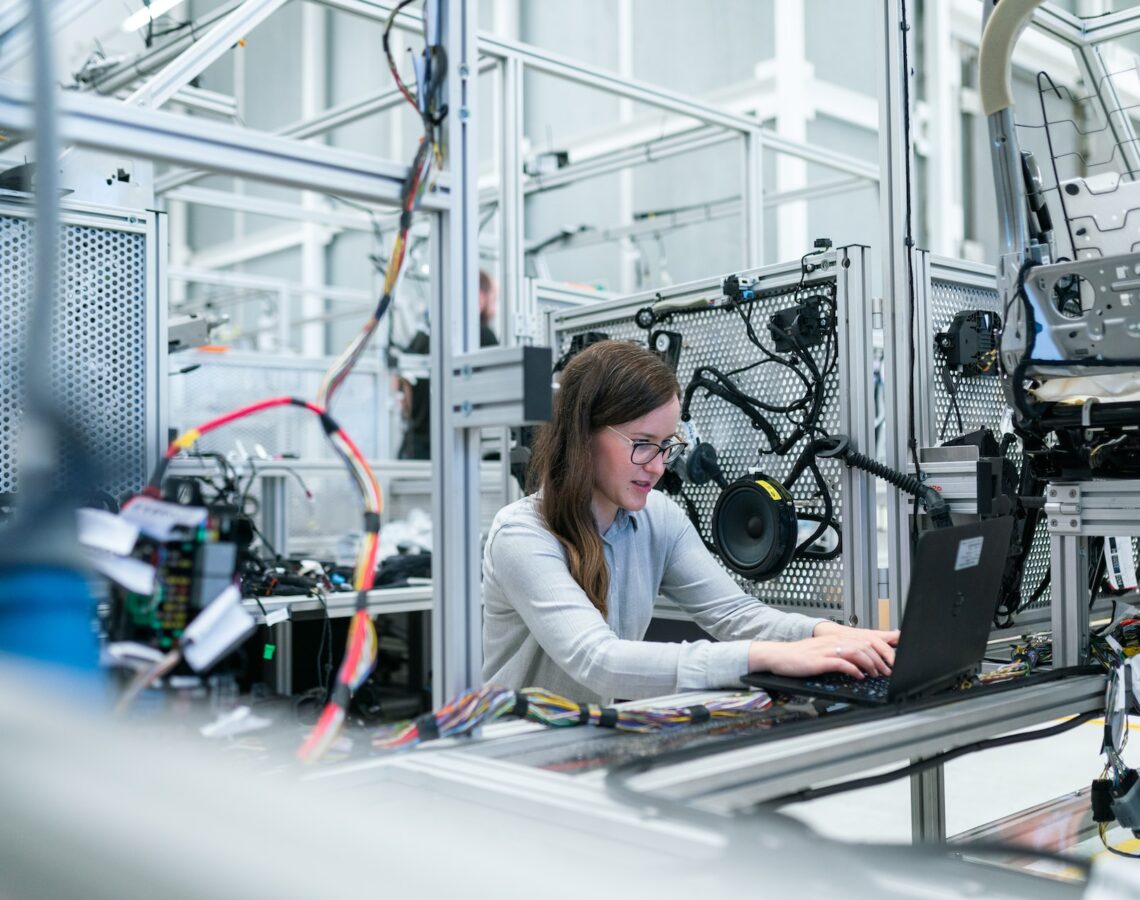Embracing AI in Manufacturing Back-Office Operations

In the ever-evolving landscape of manufacturing, staying competitive means more than just optimizing production lines. It’s about streamlining every aspect of your operations, including the back-office functions that often go unnoticed. Enter Artificial Intelligence (AI), the game-changing technology that’s transforming the manufacturing sector from the inside out. In this blog post, we’ll delve into how manufacturing companies can harness the power of AI to revolutionize their back-office operations, driving efficiency, accuracy, and innovation to unprecedented heights.
Enhanced Supply Chain Management:
AI’s predictive analytics capabilities have the potential to reshape the supply chain landscape for manufacturing companies. By analyzing historical data, market trends, and external factors, AI algorithms can anticipate demand fluctuations, optimize inventory levels, and even forecast potential disruptions. This empowers manufacturers to make informed decisions, reduce excess inventory costs, and ensure timely deliveries. Through AI-driven supply chain management, manufacturers can establish a leaner, more responsive system that minimizes waste and maximizes customer satisfaction.
AI in Back Office or Financial Management
Financial processes in manufacturing are often intricate and time-consuming. AI can step in to simplify and enhance these processes significantly. For instance, AI-powered algorithms can automate invoice processing, expense categorization, and financial reporting. This not only reduces the risk of errors but also frees up valuable human resources to focus on more strategic tasks. Furthermore, AI’s data-driven insights can aid in identifying cost-saving opportunities and optimizing budget allocation, leading to more prudent financial decision-making.
Personalized Customer Engagement
AI is not limited to improving internal processes alone; it can also amplify customer interactions. By analyzing customer data and behavior, manufacturers can create personalized experiences, recommend tailored solutions, and even forecast future preferences. Chatbots powered by AI can provide instant customer support, addressing queries and concerns around the clock. Such engagement not only enhances customer satisfaction but also provides manufacturers with valuable insights into market trends and demands, enabling them to adapt swiftly.
Artificial Intelligence Driven Decisions
In a world inundated with data, making sense of it all is a challenge. This is where AI’s data analytics prowess shines. Manufacturing companies generate vast amounts of data daily, from production metrics to employee performance. AI algorithms can process and analyze this data at an unprecedented speed, extracting actionable insights that fuel strategic decision-making. Whether it’s optimizing production workflows, identifying quality control issues, or predicting equipment maintenance needs, AI empowers manufacturers to make decisions based on accurate, real-time information.
AI in Manufacturing Back-Office Benefits
In conclusion, the integration of AI into manufacturing back-office operations is not just a trend; it’s a necessity for those aiming to thrive in the modern industrial landscape. By embracing AI-driven supply chain management, enhancing financial processes, personalizing customer engagement, and relying on data-driven decision-making, manufacturing companies can unlock new levels of efficiency, innovation, and competitiveness. The journey toward AI integration might require an initial investment, but the long-term benefits in terms of cost savings, improved customer satisfaction, and streamlined operations make it an imperative step forward. As AI continues to advance, manufacturing companies that seize its potential stand to reshape their industries and lead the way into the future. Obviously not everything can, or should be automated, that’s where offshore staffing can slide in and fill the gaps.



